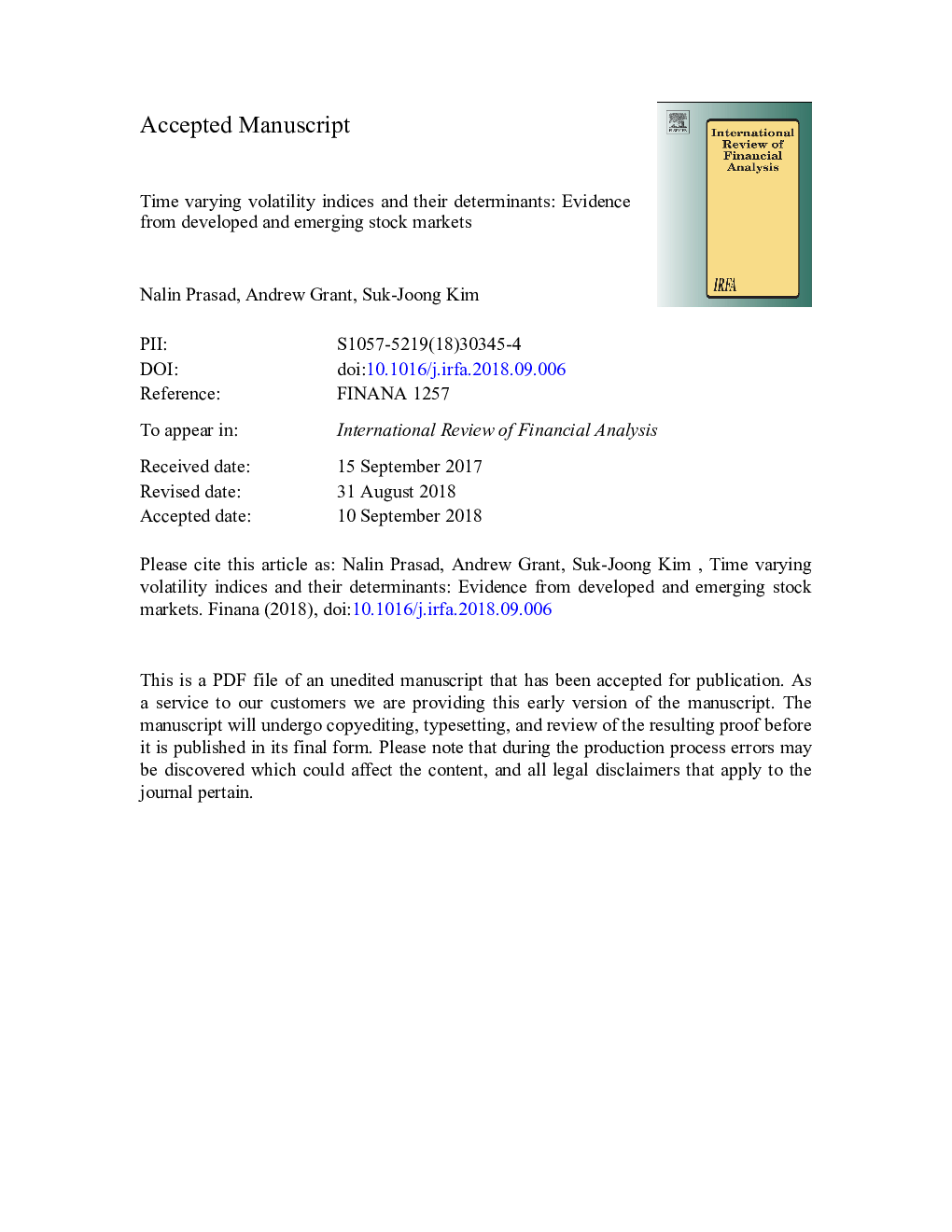| Article ID | Journal | Published Year | Pages | File Type |
|---|---|---|---|---|
| 11023371 | International Review of Financial Analysis | 2018 | 38 Pages |
Abstract
This paper investigates spillovers across 16 major stock markets utilizing the high frequency data based Realized volatility estimator (Andersen et al., 2003) and the spillover index methodology put forward by Diebold and Yilmaz (2012). We find that spillovers increased dramatically during the 2008 global financial crisis and the European sovereign debt crisis that followed as expected. Differences arise when comparing directional spillovers for individual stock markets. We find that the larger stock markets from the advanced western economies, particularly the US, dominate volatility transmission to other markets. Emerging markets such as China, India and Brazil are still relatively isolated, though their contributions to global volatility spillovers have increased considerably after 2006. We also investigate potential determinants of net spillovers between markets and find that the level of volatility in one market relative to that in other markets is the most important factor in increasing spillovers transmitted. Other important determinants include relative bond yield returns, relative stock market turnover, relative FX market volatility and macroeconomic news indices.
Related Topics
Social Sciences and Humanities
Economics, Econometrics and Finance
Economics and Econometrics
Authors
Nalin Prasad, Andrew Grant, Suk-Joong Kim,
